Translation from Arabic cotton - precious material. It has been valued since ancient times. Today this fabric is often used in high fashion. The article considers the question, cotton what is it, its properties, production technology and other characteristics.
History and terminology
Cotton is made from cotton fibers, which are of plant origin. Cotton was used for household needs even before our era. Cotton is a natural material. Its existence was known in the Indian civilization, where the Persians lived.

Important! According to legends, Indian gods laid cotton sheets on their beds.
The people of Mexico and India were the first to grow cotton and make clothes from the material called katon. In China, cotton was not used. Silk was preferred there.
Important! During the research it was discovered that the mummies of the pharaohs were wrapped in cotton fabric.
Previously, the fabric was expensive, as the material was processed manually. The processing speed increased significantly when mechanized cleaning was invented. Cotton material became cheap and accessible to the masses.
Cotton was brought to Europe by the Arabs in the Middle Ages. In order to sell it at a higher price, they made up various tales about it.
The term cotton has come into use in recent decades. It is used internationally. It refers to all materials that contain cotton threads.
In a narrower sense, cotton is a dress and suit fabric.
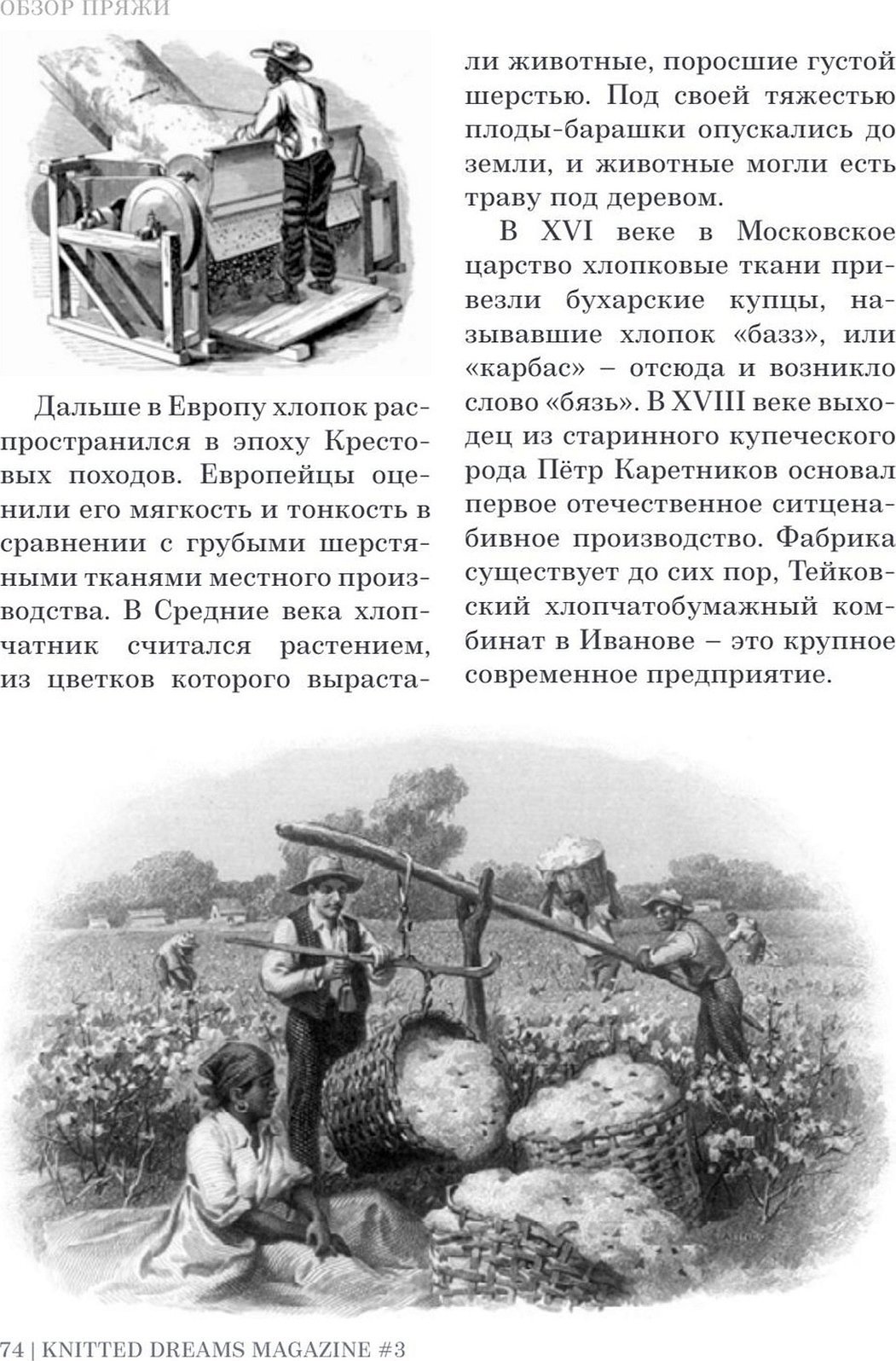
Production technology
Cotton is a material made from cotton fruits. The plant belongs to the mallow family. There are 50 known species of the plant. Only 4 species are suitable for producing fabric. The ripened capsule contains white fibers and seeds. After it has opened, it is removed.
At the cotton plant, the fruits are separated and impurities are removed. Then, they are sorted by size and quality. Short fibers are used to make cotton wool. Longer fibers are sent to the weaving mill.
To obtain caton fabric, several stages of processing are necessary. It is straightened, then spun into yarn. The latter is glued and worked with on a loom. The finished material is bleached and dyed.
Cotton is grown in 76 countries with warm climates. Its production is widespread in China, the USA and India. Every year 25 million tons of cotton are harvested. Textile raw material is the most widespread. It occupies the largest part of the world market.

Material properties
What kind of fabric is cotton? It is a material that consists of cellulose (95%). It provides its strength. The remaining 5% are impurities of minerals and fats. When the fibers are processed, they are combined into yarn. The yarn is wound onto bobbins, which are installed on weaving machines.
Cotton fabric is a fabric whose density depends on the production technique. It interacts well with dyes and does not cause any difficulties when washing.
To improve the properties and increase the strength of cotton threads, other fibers are added to them. If you change the processing technology, you can make different types. For example, denim, satin, poplin, etc. Different types of weaving are used: plain, satin, satin. The yarn can be in one thread or in two.
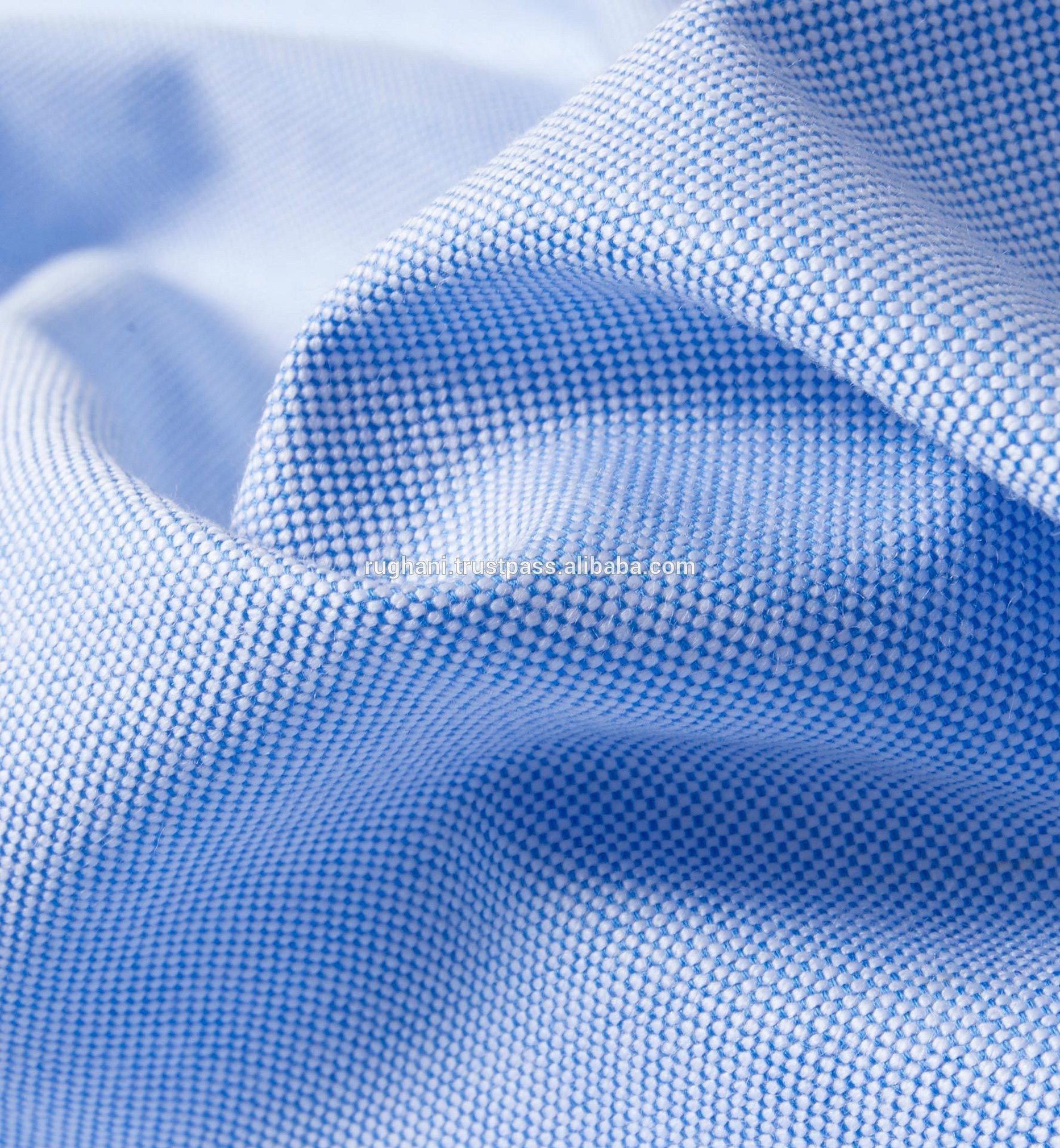
Classification of cotton fabrics
What is caton? Caton is a material to which various additives are added to obtain a new type of material. Fabrics are classified according to the following features:
- how the yarn is obtained (combed, machined, carded). Combed yarn is made from long-fiber cotton. It is strong and smooth.
- by density;
- by type of finish.
Depending on the finishing method, the material can be:
- harsh;
- bleached;
- smoothly painted;
- melange;
- stuffed.
Threads that are of low grade are treated with a soda solution. This allows. This allows to improve their quality.
Important! The quality of the fabric can be improved by polishing, embossing, and impregnation.
According to use, the fabric is classified into:
- linen (calico, chiffon, etc.);
- denim;
- winter;
- costume;
- mattress;
- lining and others.
This division is conditional. For example, satin fabric, which is distinguished by its strength and shine, is used for sewing clothes and bed linen. Abroad, manufacturers give materials different names. For these reasons, it is possible to classify fabric into any group only by its composition.
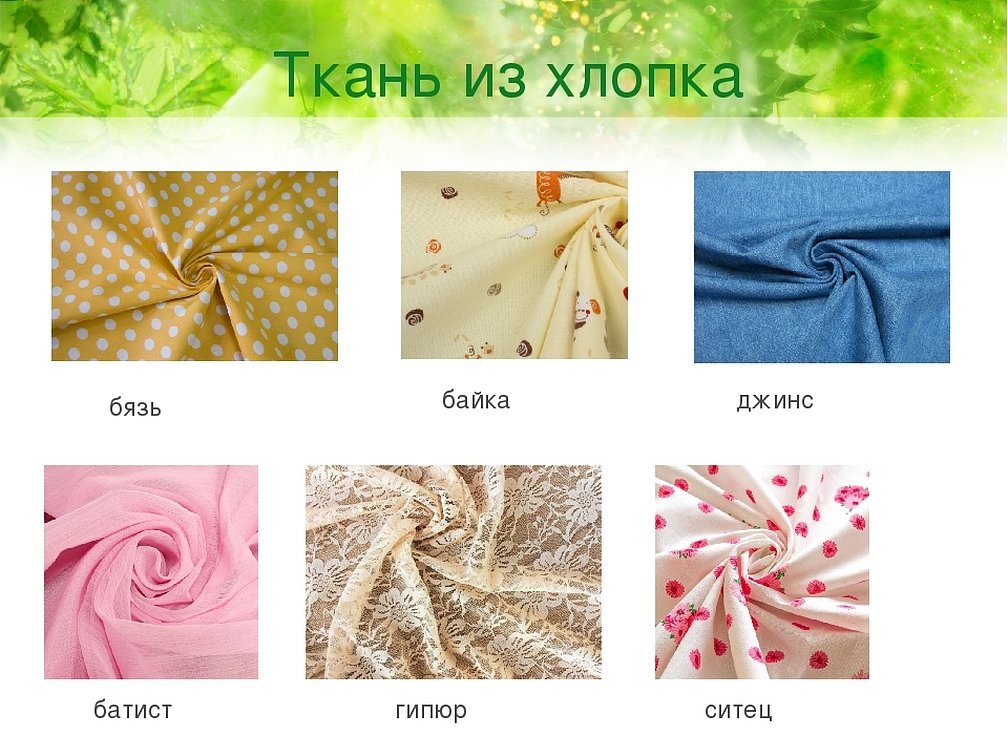
What is the difference between caton and cotton
Caton who is it? Caton is cotton. When the label says cotton 100%, it means that the product is made entirely of cotton. Cotton what is it? It means cotton in English. Thus, caton and cotton are the same. On the label of the product, if it is made only of cotton, it may say cotton 100% in English.
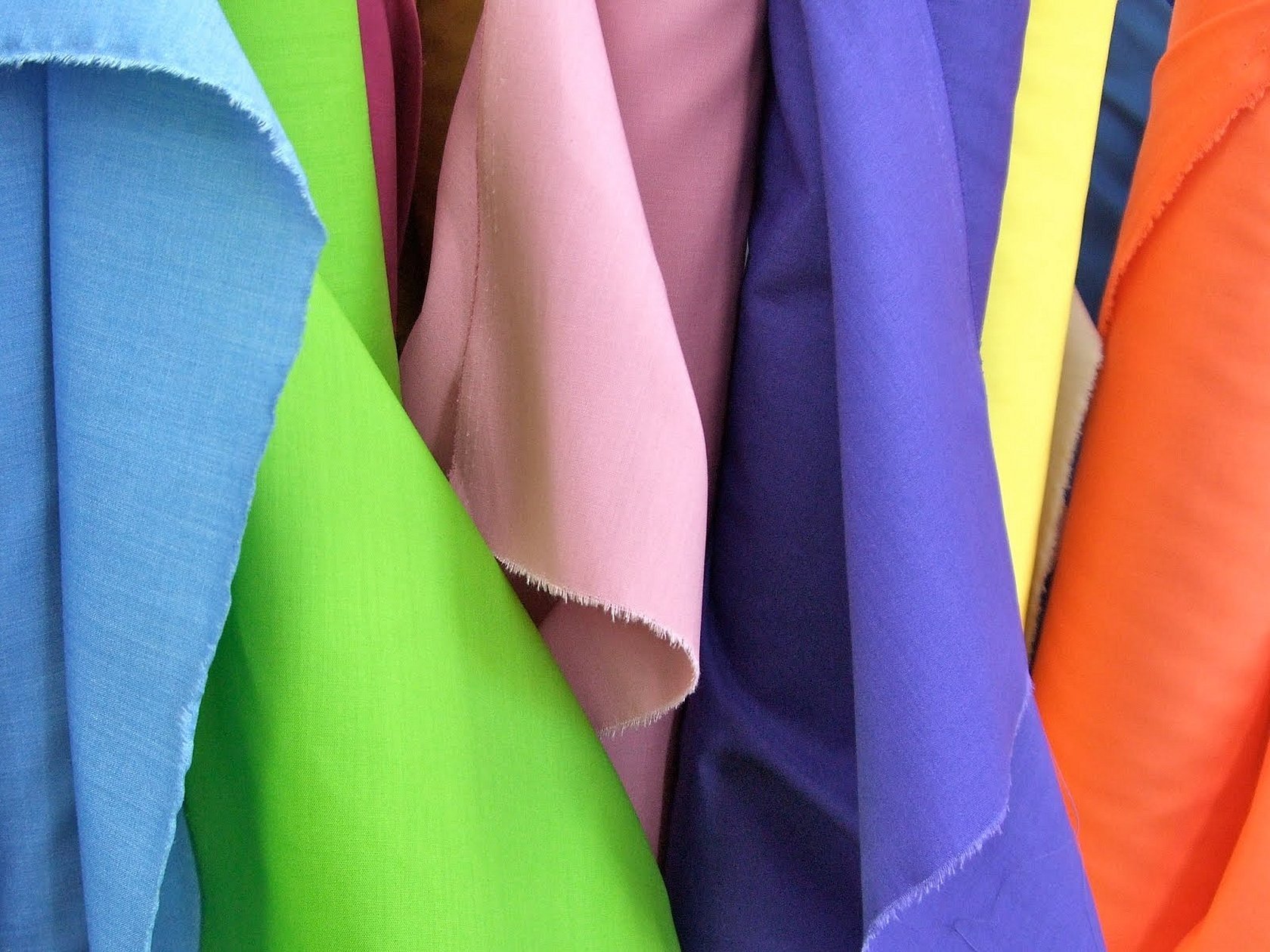
Comparative characteristics of cotton varieties: memory and stretch
Stretch - stretches well. Cotton stretch is often used to make women's clothing. Elastane or spandex is added to the composition.
Memory is the latest development. It is based on polyester, cotton - 30%. The fabric is air-impermeable, waterproof and comfortable. It belongs to the premium class.
Other well-known materials that contain cotton include:
- Super caton is the densest material. It is easy to wash. Ironing is required at high temperature. It is silky to the touch and has a shine. It is used for bed linen.
- Viscose - made from wood pulp. Contains cotton, which adds density. The material is durable and wear-resistant.
- Satin - the material has two distinct sides. On the front side it is smooth and shiny, and on the back side it is matte.
- Baby cotton - is hygienic and hypoallergenic. It is used for sewing children's clothes. It is characterized by low wear resistance.
- Alize is a material with added acrylic. Soft and gentle.
- Wiri - used for sewing underwear. Hypoallergenic.
- Micro-cathon - used for sewing luxury textiles. It is breathable and comfortable to wear.
- Denim is a dense and durable fabric. It is used for sewing clothes and furniture upholstery.

Application (clothing)
The following are sewn from the fabric:
- outerwear (windbreakers, raincoats);
- trousers, suits, tracksuits;
- skirts, dresses;
- bathrobes.
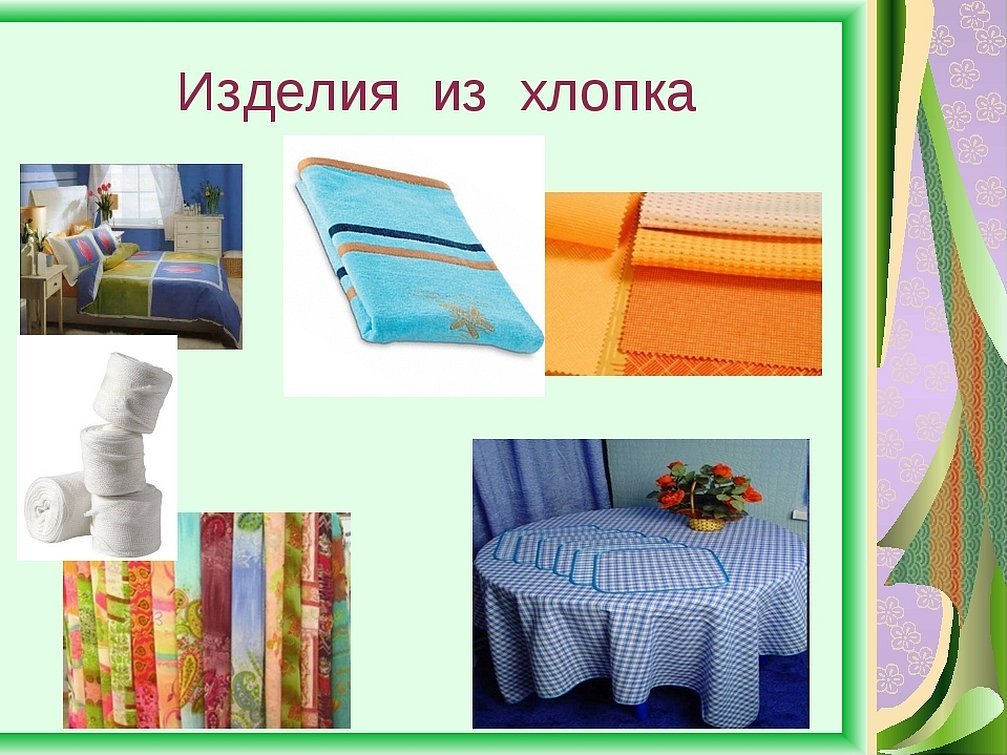
Care instructions
To make cotton items last longer, it is worth following the rules of care. Description of the rules:
- Dry in a place protected from the sun.
- Smoothness should be achieved by steam, not by increasing the temperature. It is possible to moisten the surface when ironing. The iron should be set to cotton mode.
- Wash thin and colored fabrics at a temperature not exceeding 40 degrees.
- If the material is dense, colored, printed, then it can be washed at temperatures up to 60 degrees.
- White fabric can be boiled and washed at high temperatures.
- Do not use aggressive chemicals.
- If the item is shedding, it is washed separately in cold water with the addition of vinegar.
- Wash colored and white items separately.
- Store in a place with normal humidity and good ventilation.
- To ensure that things have a pleasant smell, the cabinets where they hang need to be ventilated, and sachets with fragrances need to be placed between the things.
- Rinse colored items in acidified water to preserve color.
Before washing, you need to carefully examine all the things. If there are stains, take measures to remove them. You need to remove all things from the pocket, fasten zippers and hooks, and turn the product inside out. It is better not to wash synthetic and cotton fabrics together. Lighter fabrics are better starched. It is better not to overdry the things. They are placed under the press slightly damp. Bed linen and home textiles are carefully folded into a pile. Then the linen is left for a while, and then put away in a closet or drawer.
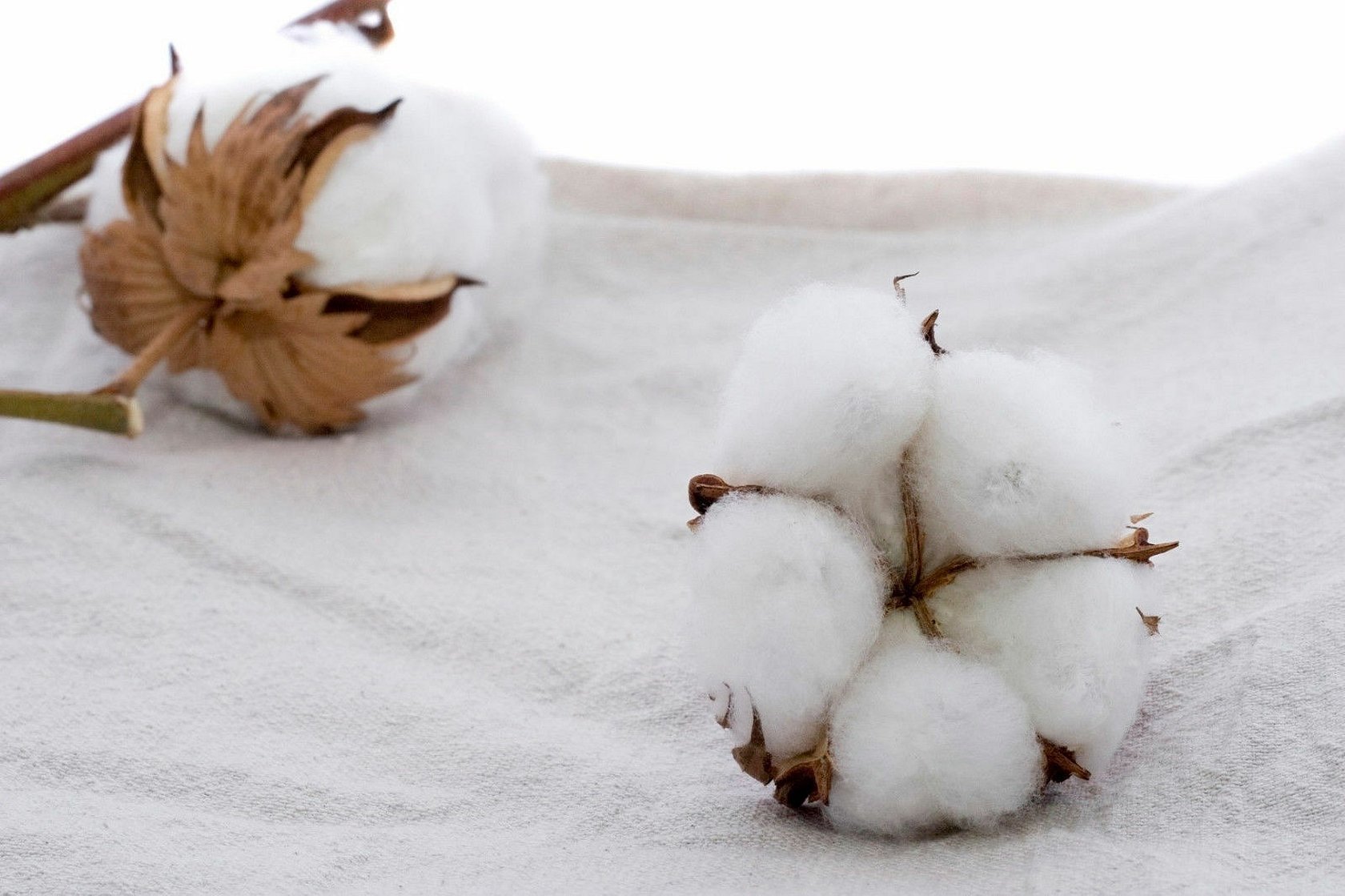
Advantages and disadvantages
Cotton, like all fabrics, has its pros and cons. The pros include:
- Hygroscopicity. Cotton fabrics absorb moisture well. Therefore, products made from them are in demand in hot weather.
- Cotton products can be bought in any city, regardless of whether it is small or large.
- Products made from this fabric are easy to care for. The fabric will not lose its qualities if it is often washed, ironed or even bleached.
- Cotton fabric is hypoallergenic. Clothes and bed linen made of 100 percent cotton will not cause allergies.
Among the disadvantages are:
- Cotton can fade badly in the sun.
- Dries slowly after washing, unlike other fabrics.
- After washing, it shrinks. For this reason, most people prefer to buy clothes with added synthetics. For example, stretch.
Because of these shortcomings, many people prefer to buy synthetic fabrics rather than cotton.
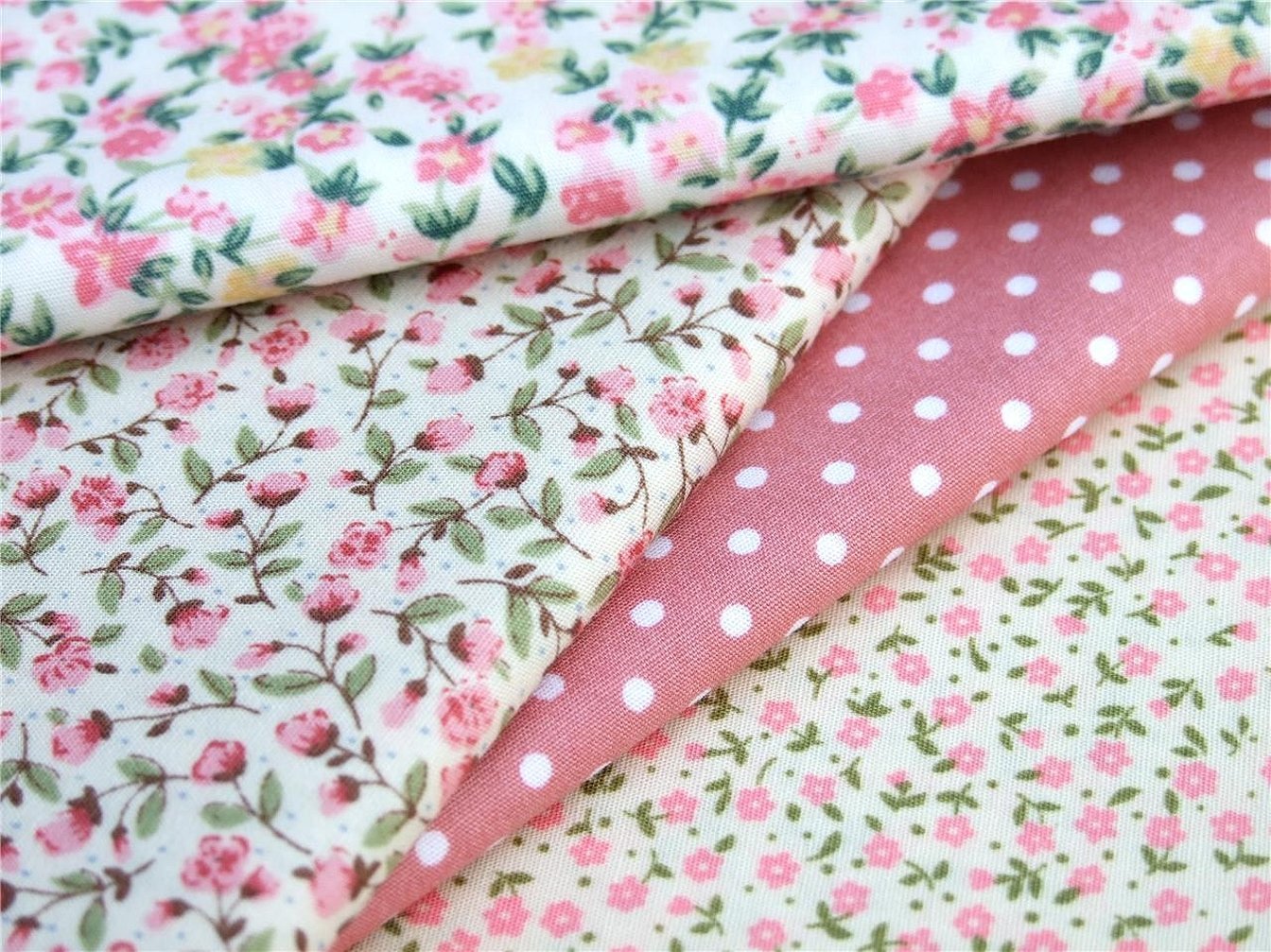
Reviews
Yana, Krasnoturinsk: "I can't stand the heat in the summer. That's why I try to buy cotton clothes. The skin feels great in them and breathes. Even though they are hard to iron, I prefer cotton fabrics."
Ekaterina, Gelendzhik: "I really like cotton items. They are natural and hypoallergenic. Many people say that they shrink when washed. Not always. If you take proper care of them, cotton items will last a very long time. They are also easier to iron if you do not overdry them after washing."
Olga, Minsk: "Cotton fabrics are very soft and airy. This is the ideal material for summer. To prevent the fabric from shrinking, it should not be washed in hot water."
Cotton is a fabric that is a favorite. It has been known since ancient times. Cotton is used to make clothes, kitchen utensils, and upholster furniture. If you take proper care of cotton fabrics, they will last a long time.




